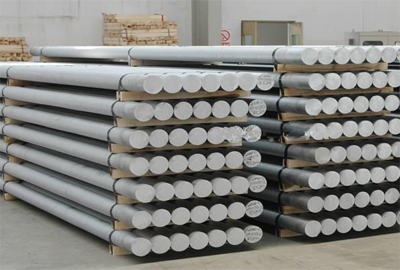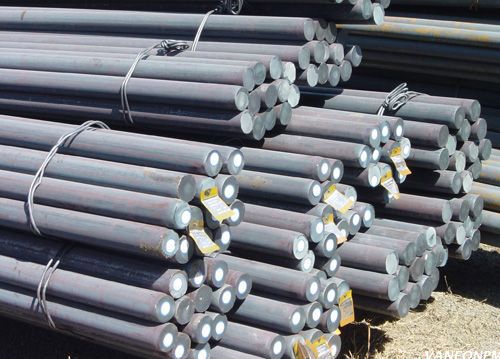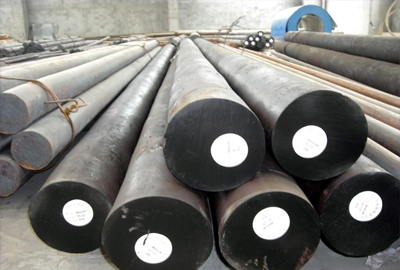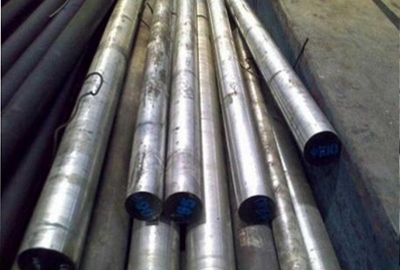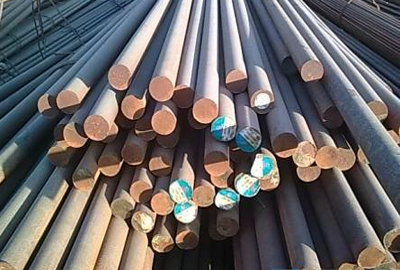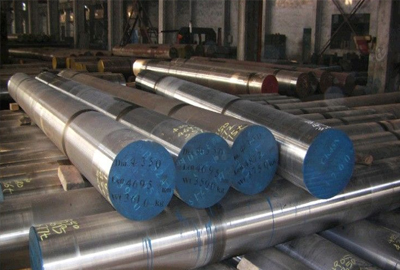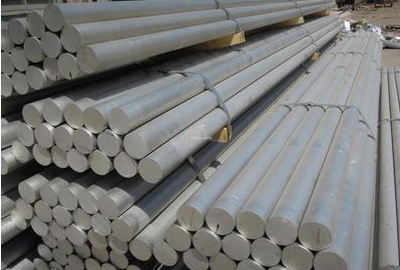Mat.No. 1.7225, DIN 42CrMo4, AISI 4142
Short Description:
Designation by Standards Brand Name Ravne No. Mat. No. DIN EN AISI VCMO140 724 1.7225 42CrMo4 42CrMo4 4142 Chemical Composition (in weight %) C Si Mn Cr Mo Ni V W Others 0.41 0.20 0.75 1.05 0.23 - - - - DescriptionThis is one of the chromium, molybdenum, manganese low alloy steels noted for toughness, good torsional strength and good fatigue strength. ApplicationsStatically and dynamically stressed components for vehicles, engines and machines. For parts of larger cross-...
Product Detail
FAQ
Product Tags
Designation by Standards
| Brand Name | Ravne No. | Mat. No. | DIN | EN | AISI |
| VCMO140 | 724 | 1.7225 | 42CrMo4 | 42CrMo4 | 4142 |
Chemical Composition (in weight %)
| C | Si | Mn | Cr | Mo | Ni | V | W | Others |
| 0.41 | 0.20 | 0.75 | 1.05 | 0.23 | - | - | - | - |
Description
This is one of the chromium, molybdenum, manganese low alloy steels noted for toughness, good torsional strength and good fatigue strength.
Applications
Statically and dynamically stressed components for vehicles, engines and machines. For parts of larger cross-sections, crankshafts, gears.
Physical properties (avarage values) at ambient temperature
Modulus of elasticity [103 x N/mm2]: 190-210
Density [g/cm3]: 7.84
Continuous Cooling Transformation (CCT) Diagram

Click the image to enlarge the diagram.
Soft Annealing
Heat to 680-720oC, cool slowly in furnace. This will produce a maximum Brinell hardness of 241.
Hardening
Harden from a temperature of 820-850, 830-860oC followed by water or oil quenching.
Normalizing
Normalizing: 840-880oC
Tempering
Tempering temperature: 540-680oC
Mechanical Properties in Quenched and Tempered Condition
| Diameter (mm) | 0.2 % proof stress (N/mm2) | Tensile strength (N/mm2) | Elongation (%) | Reduction of area (%) | Notch impact energy (ISO-V) (J) |
| up to 16 | 900 | 1100-1300 | 10 | 40 | 35 |
| 17-40 | 750 | 1000-1200 | 11 | 45 | 40 |
| 41-100 | 650 | 900-1100 | 12 | 50 | 40 |
| 101-160 | 550 | 800-950 | 13 | 50 | 40 |
| 161-250 | 500 | 750-900 | 14 | 55 | 40 |
Diagram Tempering Temperature – Mechanical Properties

Click the image to enlarge the diagram.
Hardenability in the end-quench test (Hardness (HRC) vs. Distance (mm))
| Hardness | 1.5 | 3 | 5 | 7 | 9 | 11 | 13 | 15 | 20 | 25 | 30 | 35 | 40 |
| H max. | 61 | 61 | 61 | 60 | 60 | 59 | 59 | 58 | 56 | 53 | 51 | 48 | 47 |
| H min. | 53 | 53 | 52 | 51 | 49 | 43 | 40 | 37 | 34 | 32 | 31 | 30 | 30 |
| HH max. | 61 | 61 | 61 | 60 | 60 | 59 | 59 | 58 | 56 | 53 | 51 | 48 | 47 |
| HH min. | 56 | 56 | 55 | 54 | 52 | 48 | 46 | 44 | 41 | 39 | 38 | 36 | 36 |
| HL max. | 58 | 58 | 58 | 57 | 56 | 54 | 53 | 51 | 49 | 46 | 44 | 42 | 41 |
| HL min. | 53 | 53 | 52 | 51 | 49 | 43 | 40 | 37 | 34 | 32 | 31 | 30 | 30 |
Forging
Hot forming temperature: 1050-850oC.
Machinability
Machinability of this alloy is good in the annealed condition. In the heat treated and quenched condition machining is best limited to finish grinding.
Corrosion Resistance
This alloy is a steel and is not corrosion resistant. Protective coating must be used in corrosive, or water, environments.
Forms manufactured: Please see the Dimensional Sales Program.
Disclaimer
The information and data presented herein are typical or average values and are not a guarantee of maximum or minimum values. Applications specifically suggested for material described herein are made solely for the purpose of illustration to enable the reader to make his own evaluation and are not intended as warranties, either express or implied, of fitness for these or other puposes. There is no representation that the recipient of this literature will receive updated editions as the become available.
FAQ Content
![[0{7)7UAZ(]4W{5TSMC65Q7](https://www.htsteelmill.com/uploads/077UAZ4W5TSMC65Q7.png)
